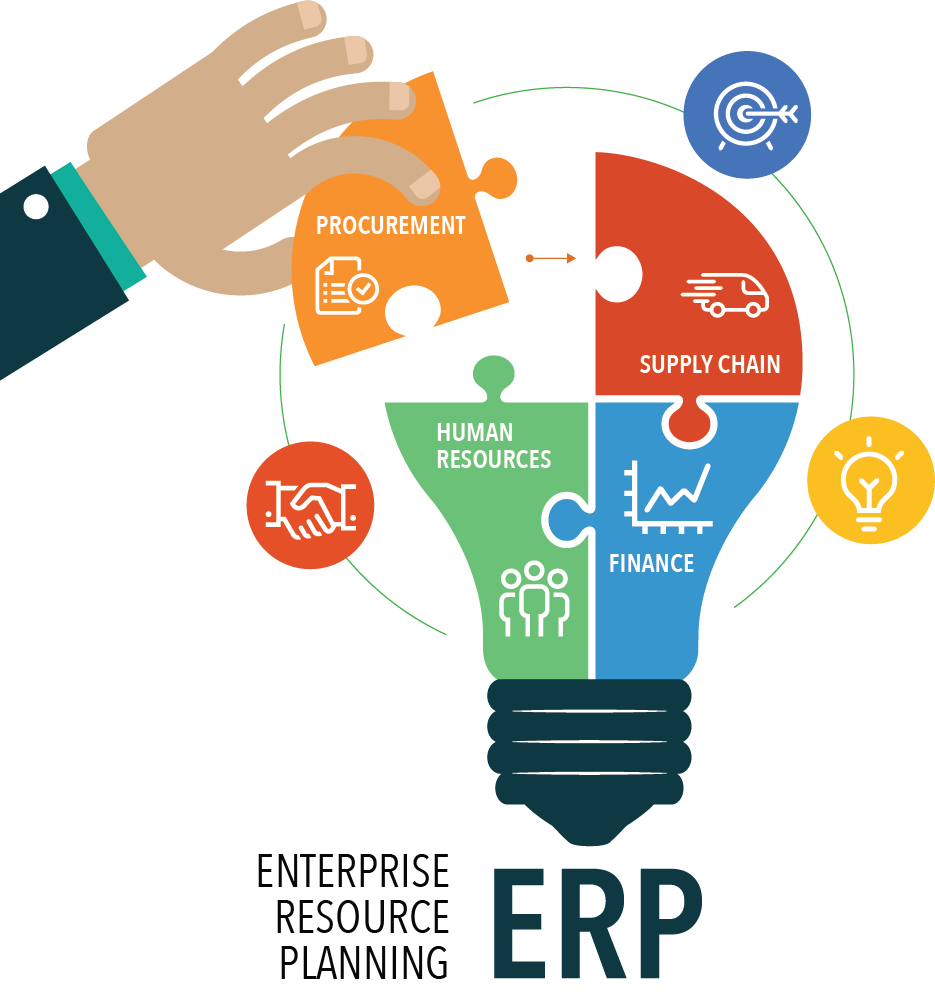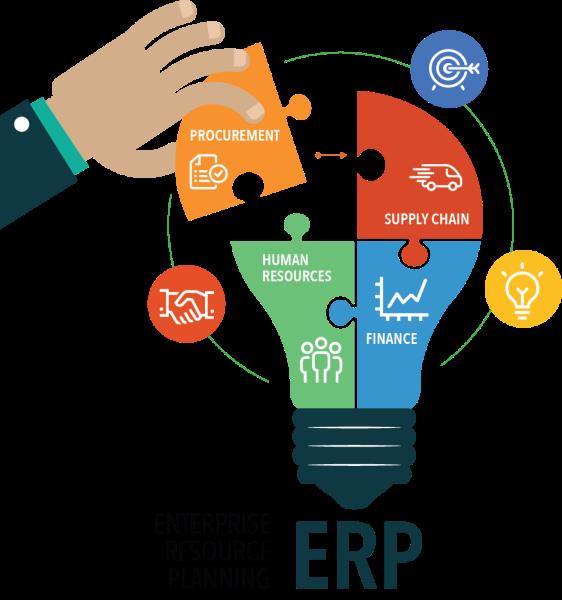-

The 3 Stages of Travel Booking Infrastructure
-

hero-product-category-sdn
-

pen-and-paper
-

The-HCI-Group-ERP-Graphic
The 3 Stages of Travel Booking Infrastructure
Having studied and/or built reservation systems for practically every kind of travel related activity, I am ready to put some more thoughts down on ‘paper’.
For those of you that want to immerse yourself into the back end of the Travel Operations & Logistics, or rather get a glimpse into the future, here goes.
Truthfully speaking, the main point of this post is to leave a time stamped evidence for future ‘I told you so moments’, primarily targeted at myself.
Or not.
The Core Problem: “Availability” aka “Inventory Management"
Essentially the mechanisms and business processes around bookings are very primitive and easy to implement from both a technological and business process point of view with the exception of just one thing - live data or availability or more accurately defined - ‘inventory’.
Whatever the ‘product’ is - a double room including breakfast, an aisle seat on a flight from Seoul to Tokyo, a 2 tank half day dive trip, a 4 hour private fishing trip or a week long live aboard trip in the Maldives, the only ‘hard’ part is knowing at the moment of booking whether or it is available.
This at first seemingly small question is actually axiomatic and in fact definitive.
More-over, the only travel related industry that has solved this at a core and fundamental level is the airline industry.
The hotel industry is almost there - atleast the major chains are.
Every other travel related, booking enabled ‘thing’ that requires booking is on some level lagging behind, some a little, some extremely far behind.
The core problem lies in the fact that the only way that live availability can actually and truly exist is if its married to the operational side of things.
Let me give you an example to clarify.
Unless, the mechanism that is used for bookings externally or even internally is NOT the same mechanism that is used to actually manage inventory - the automation fails.
INEVITABLY.
Case Study Intro
Lets imagine you sell T-Shirts and your only 2 products are ‘Red’ and ‘White’. Your inventory is 10 each and you go to market.
You sell some online, some to friends and some through a little retail space you rented from your uncle.
Soon enough, you would need to keep track of how many t-Shirts you have left and would need some kind of database for this and using this case example I will define the 3 levels of the inventory management process.
Level #1: Pen, Paper and/or an Excel File
At the very lowest step of this pyramid you have the most primitive way of inventory manager, an excel file, a google doc, or even a pen and paper.
Fundamentally they are all the same.
It blows my mind!
A business that has invested anywhere between 20$k and 3$m on the operation and does not spend even 1% on facilitating inventory management just really makes me sad.
When you launch your website, make a product page for each of the 2 products you have in stock, suddenly you run into a dilemma, how to keep track of sales?
Lets say you have 4 and someone buys 7.
Ooops.
Lets say you have 7 today and sell 3 offline tomorrow, and before you get a chance to update your system someone buys 10.
Granted for a business that is so small this problem isn’t really important but nonetheless, it exists just the same.
How do you solve this?
Instead of a live check out with a payment gateway attached to the end of it, you decide to have a simple request form where the user places a ‘request’, then you ‘confirm’ availability, then you ‘receive’ payment and then you ‘ship’.
No other way of operations is possible without an upgrade.
Note: this is how 99% of all travel related activities operate and actually, pretty much a 100% of the dive industry.
Sigh.
Lets move to the next step.
Level #2: An “Extra Net"
Your operation is growing.
From 10 and 10 you now have 200 T-Shirts moving a month and your stock went up to 5 kinds of product.
Through effective SEO your site now ranks for some juicy keywords and is becoming a real source of sales.
You are flooded with emails.
People are emailing.
You aren’t responding on time.
They aren’t buying by the time you do.
This inefficiency is costing you and you are fed up - you are ready to evolve and you set up some kind of online inventory management set up, like a WooCommerce on your word press site.
You still have a problem though, no matter what stock levels you allocate, all offline sales aren’t accounted for and you can’t be updating the levels every minute of every day or even after every sale.
You now have your 2 siblings and your uncle selling your t-shirts and they only send you sales reports weekly.
You decide to have ‘allocation’.
If you have a 100 red t-Shirts available, you will mention your online stock as 50. You still manage your actual numbers across the board through the excel file though.
For a long time you get away with this, but a few years pass by and you are selling 100’s of t-Shirts a day online and the same offline.
Your stocks are constantly depleted and often you find yourself in trouble when you commit to orders you don’t have.
Half the day is spent frantically ordering more t-Shirts from your supplier who is complaining that your urgency is killing his staff who have to work over-time to keep up with your sporadic requests and sit joylessly for other periods.
You are flooded with accounting and emails.
You are losing control of your operations and customers are angry.
They place orders, pay for them but wait way beyond your guaranteed 14 days delivery time.
Eventually you decide to solve this problem once and for all.
Step #3: ERP/Operations/Inventory Management
You hire an IT specialist and business process consultant and base your strategy on one single principle:
“Every sale, regardless of the channel must be connected to a single database operating in live mode”.
You build a tailor made .NET web application which becomes the bible of your entire operation.
Once you receive a new batch of t-shirts, you enter them into your inventory system and subsequently every sales agent will see this availability live.
Every sale made will automatically adjust the inventory.
This final step is the only real way to do this properly and scale.
The only question problem is, the cost of implementing and managing such a system are often not worth it.
For example, lets say you are a dive centre somewhere on a Caribbean Island.
The revenue of the business is barely enough to keep the operation going and pay yourself some salary/profit - there is no way you will be investing into any kind of ERP/Inventory Management system.
You are still in level 1, and you have not outgrown it.
As mentioned, most of the dive industry is this way, for a reason.
Conclusion
What is missing however is a tool/software which can be built once and used across the board.
This is the phase of our project that we are entering, and will hopefully deliver a product which dive centres will appreciate and use for their inventory/sales management.
The dive industry needs to really pick up its game from an operations and business process formalisation/optimization point of view.
P.s: we are trying to work with EVERY significant player out there, from OTA's such as divebooker, liveboard.com and diviac.com to every dive centre and liveboard out there to CONSOLIDATE the industry. We are integrating with tripadvisor, instagram, facebook, twitter, and scuba tribe.
The industry really needs it, and we are commited to being the magnet and eventually creating a universal and just platform.
Featured Posts
-

Please "Like" My Photo!
Once you've made some cool underwater shots, you would love to have more people notice your photos, for example by sharing them on Facebook. A path full of potential but lots of nasty obstacles on the way. Let's have a look!
-

Reef-Art: Looking at the Reef...
Reef-Art shows fascinating insights to an underwater world, 99% of the divers never see. Reef-Art is the "Fine Art" of macro photography. It's a passion! The passion to bring your audience something they don't expect, they h...
-

Underwater Photography: Shoot...
Are you ready for huge perspectives in your underwater photographs? Wide-angles are fine but do you want it even wider? Time to check out underwater panorama photography!





Load more comments